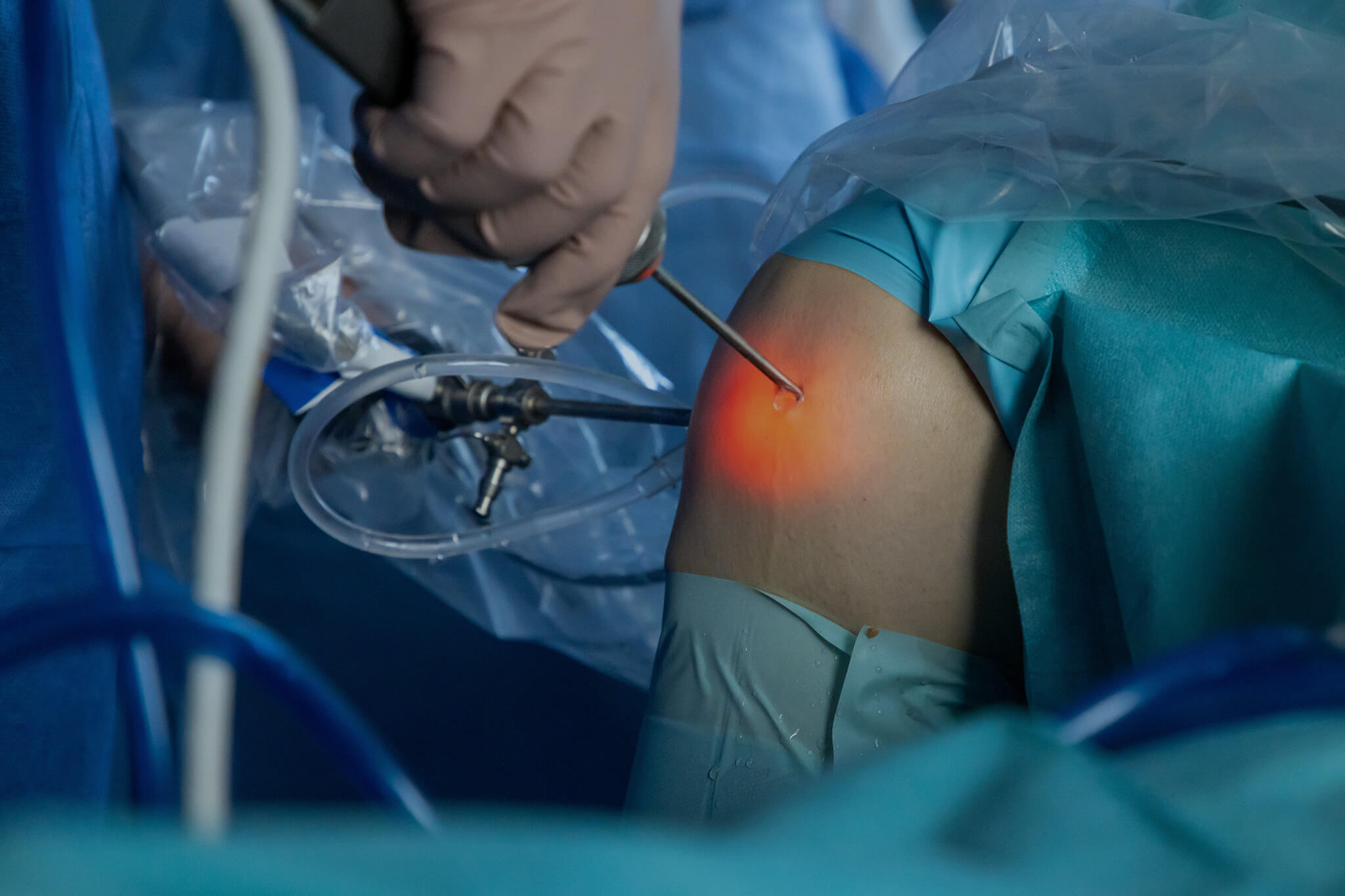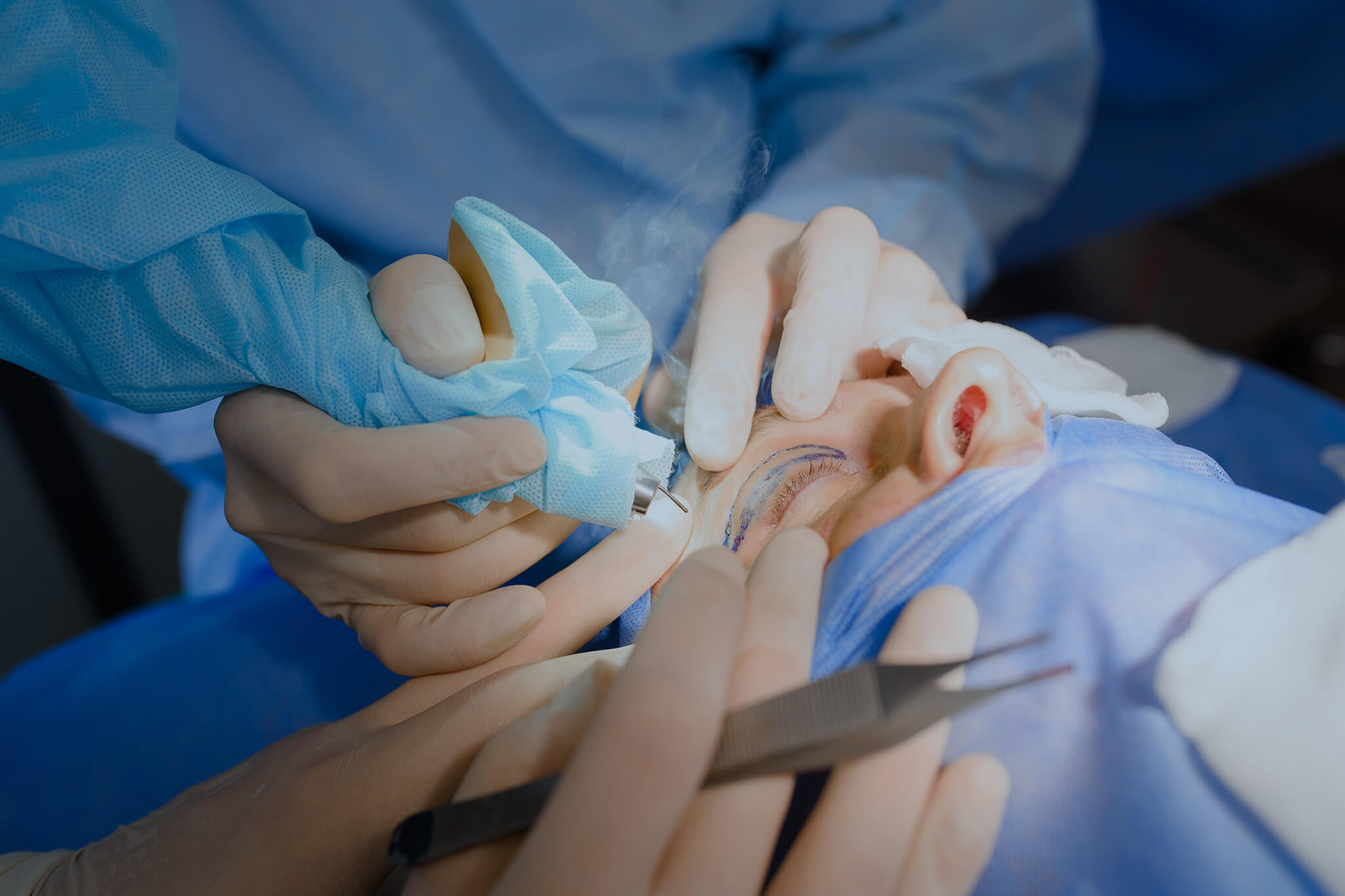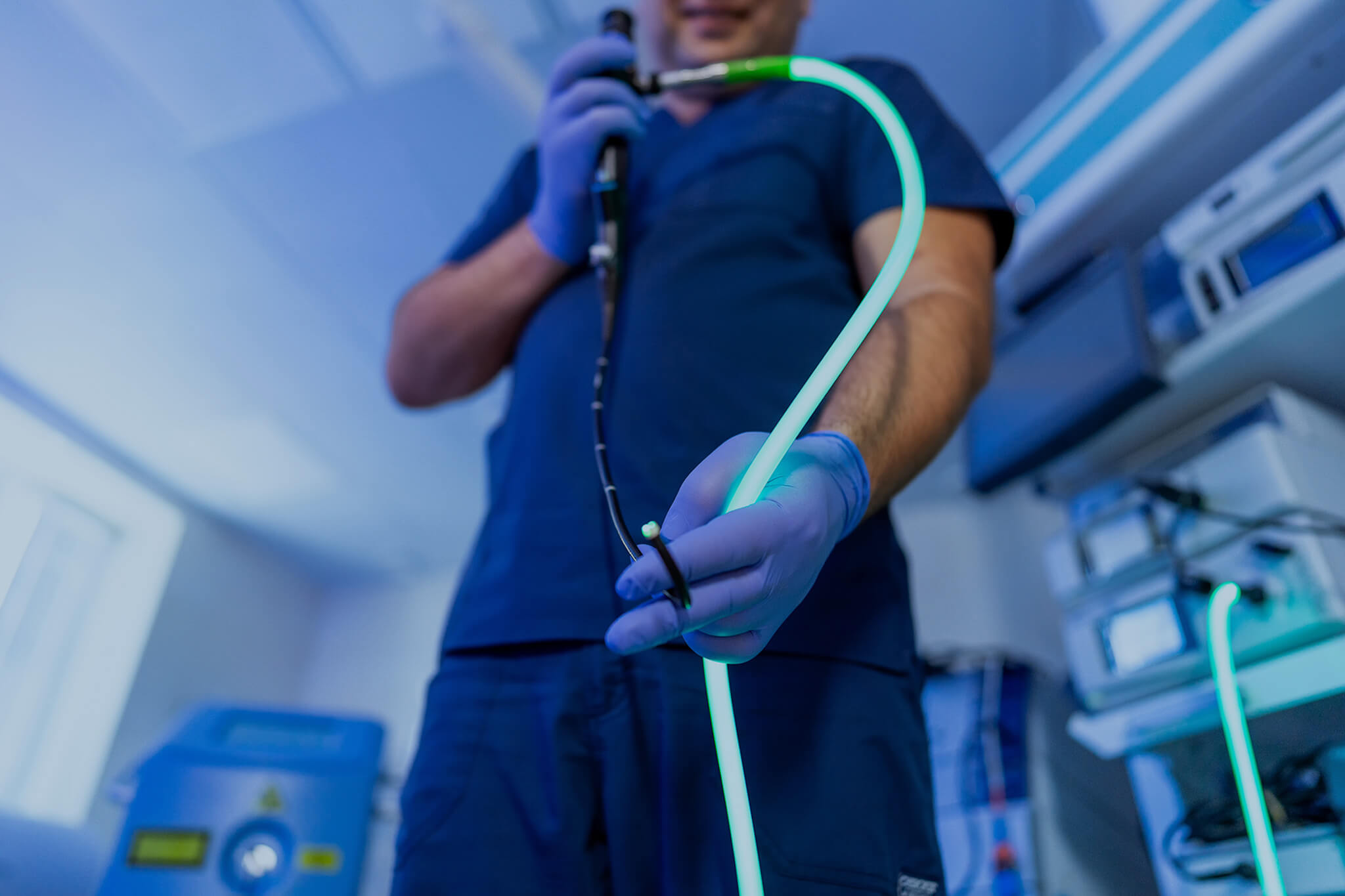
Arthroscopic Surgery Using Lasers: Knee, Hip, Shoulder & More
Arthroscopic knee surgery with holmium lasers delivers precise cuts, instant hemostasis, and faster recovery, transforming hip, shoulder, and ankle scopes too.
This post provides an overview of some general procedures and introduces advanced laser-based techniques now improving outcomes in general surgery.

General surgery procedures address conditions that may involve skin, soft tissue, vasculature, or joint structures outside specific organ systems.
These interventions often serve as foundational techniques in orthopaedics, ophthalmology, and gastrointestinal care.
Many of these procedures have evolved from scalpel‐based approaches to laser‐based tools. Medical lasers now enable surgeons to treat bleeding, resect tissue, and ablate lesions.
Lasers deliver focused light energy that vaporizes or coagulates tissue with minimal spread, offering several advantages:
By adding laser modules to traditional operating rooms, clinical teams can handle complex cases more efficiently and reduce patient recovery times while maintaining familiar surgical workflows.
Surgeons and purchasing teams often cite these shared advantages when integrating laser platforms.
Below are common procedures in general surgery that use laser technology to improve patient outcomes.

Arthroscopic knee surgery with holmium lasers delivers precise cuts, instant hemostasis, and faster recovery, transforming hip, shoulder, and ankle scopes too.

Blepharoplasty laser surgery refines upper and lower eyelids with precise CO₂ energy for less bruising, and faster recovery.

Laser-enhanced sclerotherapy endoscopy pairs sclerosant injection with in-scope photocoagulation for faster hemostasis and fewer rebleeds.
International Medical Lasers (IML) distributes a full range of CO₂, holmium, and thulium platforms compatible with standard surgical and endoscopic equipment.
Want to explore the right laser for your unit?